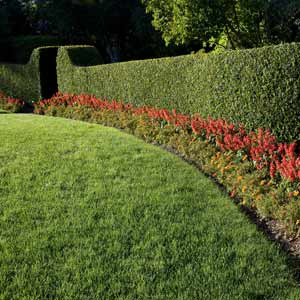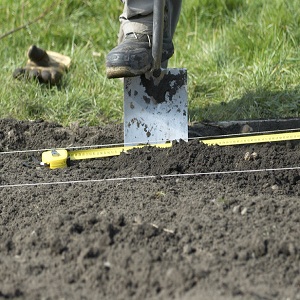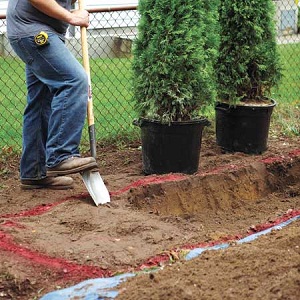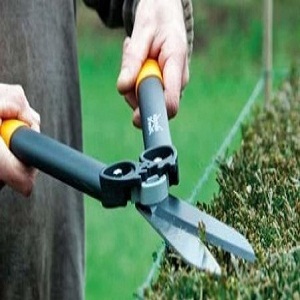How to Plant a Hedge

A hedge is a beautiful way to create privacy, security and a natural boundary. Hedges serve multiple purposes. They keep of trespassers and maintain our privacy. At the same time they make a great boundary and cover up the fence. If you have a flair for gardening, planting a hedge and maintaining it should not be much of a difficult job for you. Even if you do not have the flair, the practicality and benefits of a hedge will drive you to read this guide. Get planting with the help of our guide below which takes you through each stage of the process one by one.
Things required:
– Spade
– Net
– Mulch
– Natural manure
– Garden scissors
– Hedge plants from nursery
Instructions
-
1
Prepare the area:
Clear the area you want to hedge of all weeds and shrubs. Fertilize the soil with cow manure. Dig up the area to loosen the soil. Water the soil and leave for a week before planting. You can also spread a layer of mulch on the area to make the soil fertile and kill weeds.
It is better if you mark the plan of your hedge with a thread so that you know where exactly to plant. White chalk lines will also suffice.
-
2
When and what to plant:
Good hedge species include holly, boxwood and yew bush. Native species have more chances of survival. Choose the variety according to your climate and soil nature. Planting more than one variety helps in eliminating threats from pests and diseases.
The best time to plant hedge plants is from October to March. Get the plants from the nursery when you have time for planting them.
-
3
Planting the hedge:
Dig a trench at least 45cm (18in) wide and 30cm (1ft) along the hedge area you have planned. The depth should ideally be more than the root length of the plants. Spread the plants out along the trench at a distance of three feet approximately. If the plants are small, you can plant them closer. Refill the trench and spread a layer of good mulch over it.
Install a net fence around the hedge to protect it from rabbits and other animals who love the small plants as food.
-
4
Maintaining the hedge:
Keep the hedge watered well in the first year of plantation. When the hedge starts getting bushy, start pruning it lightly. The base should ideally be wider than the top according to the key stone effect where you allow the bottom to get more air and water.
Keep your hedge in shape with on time pruning and discouraging side growth. Mulching and natural fertilizers help maintain a healthy hedge. Once the hedge covers the whole designated area and grows strong, you will not have to make much effort.




